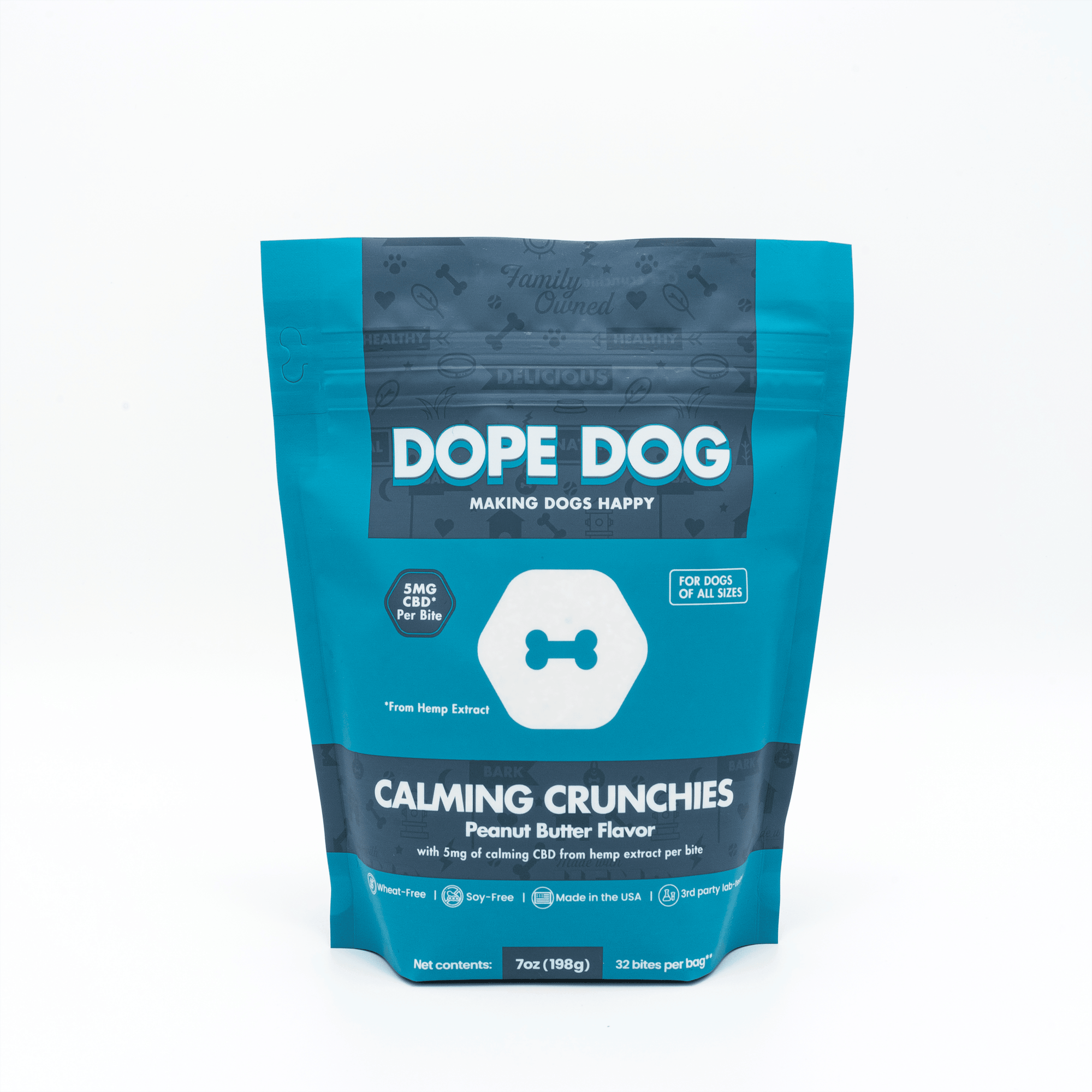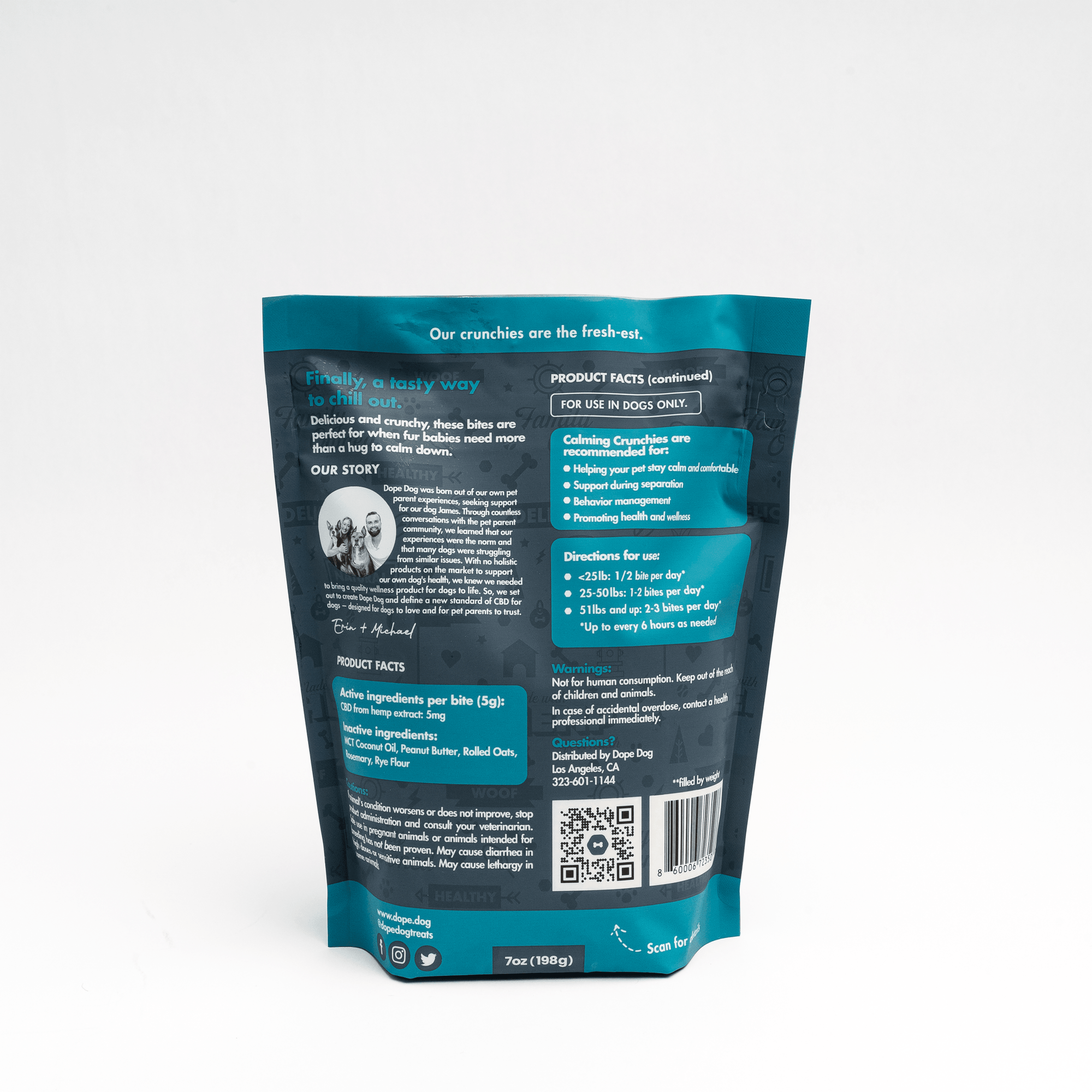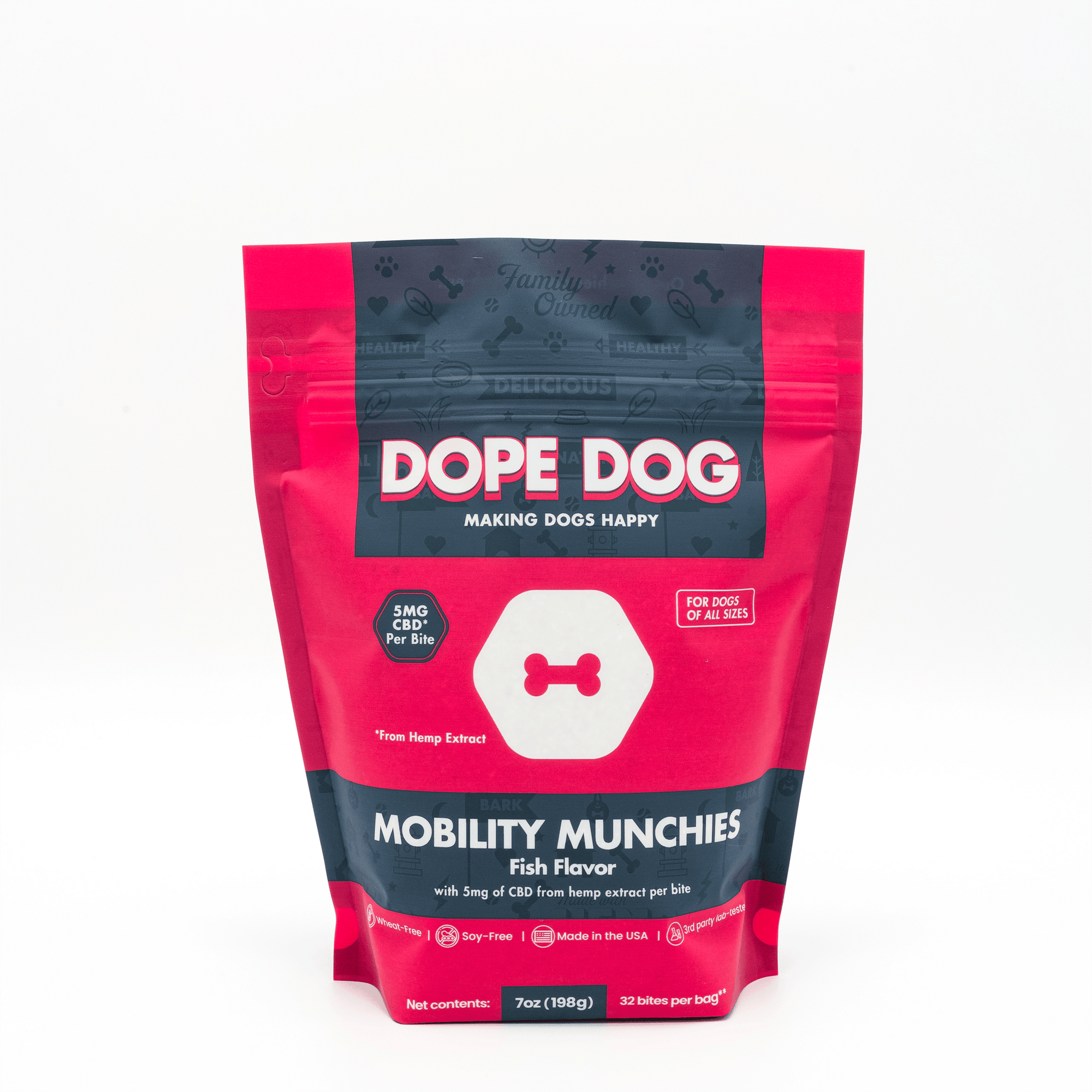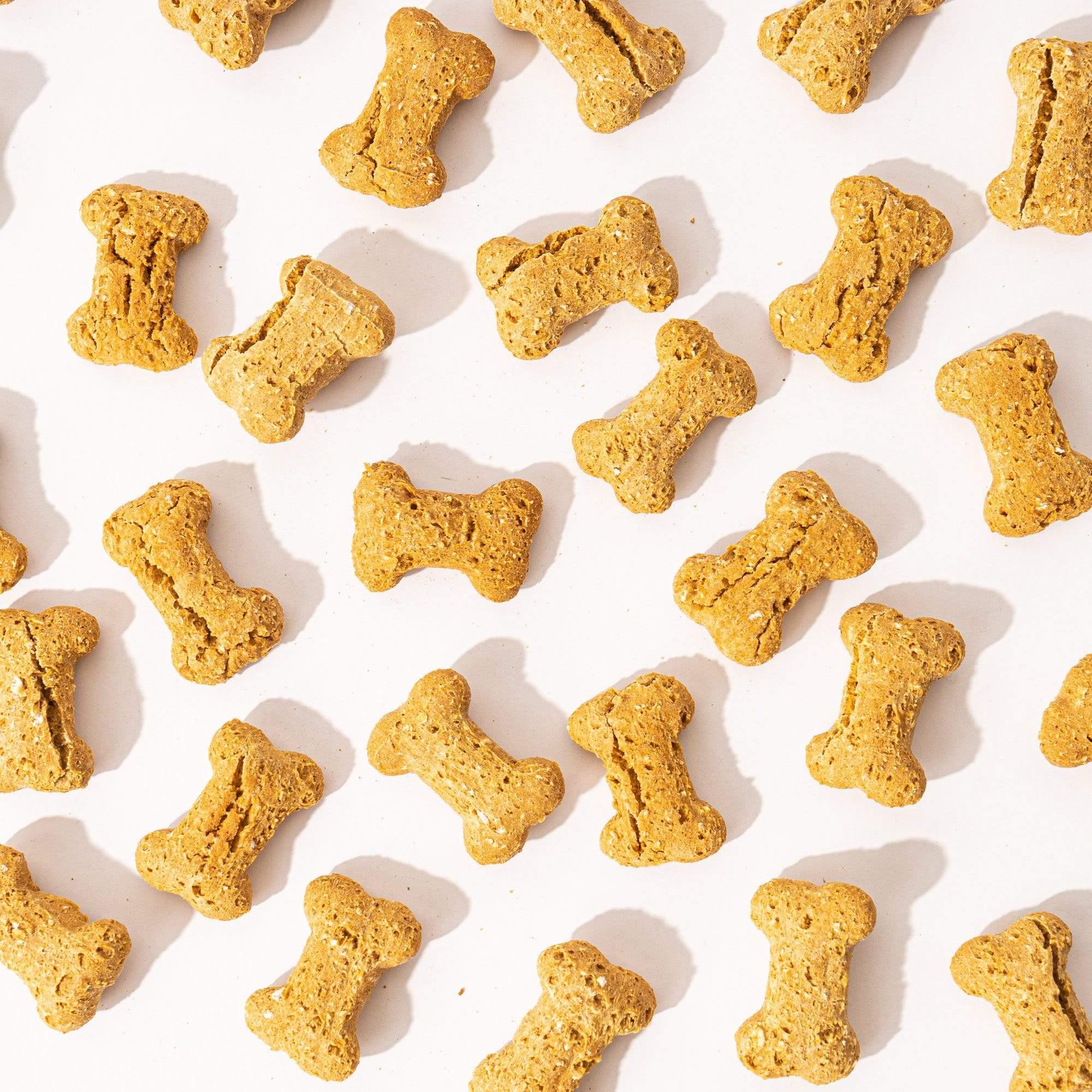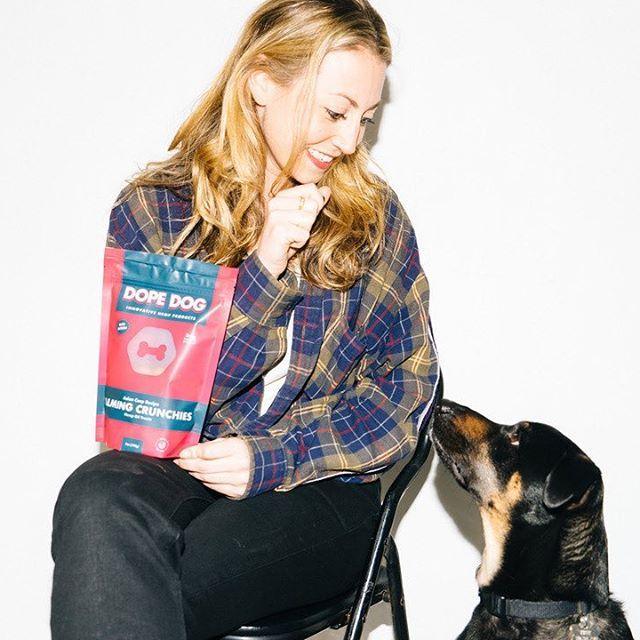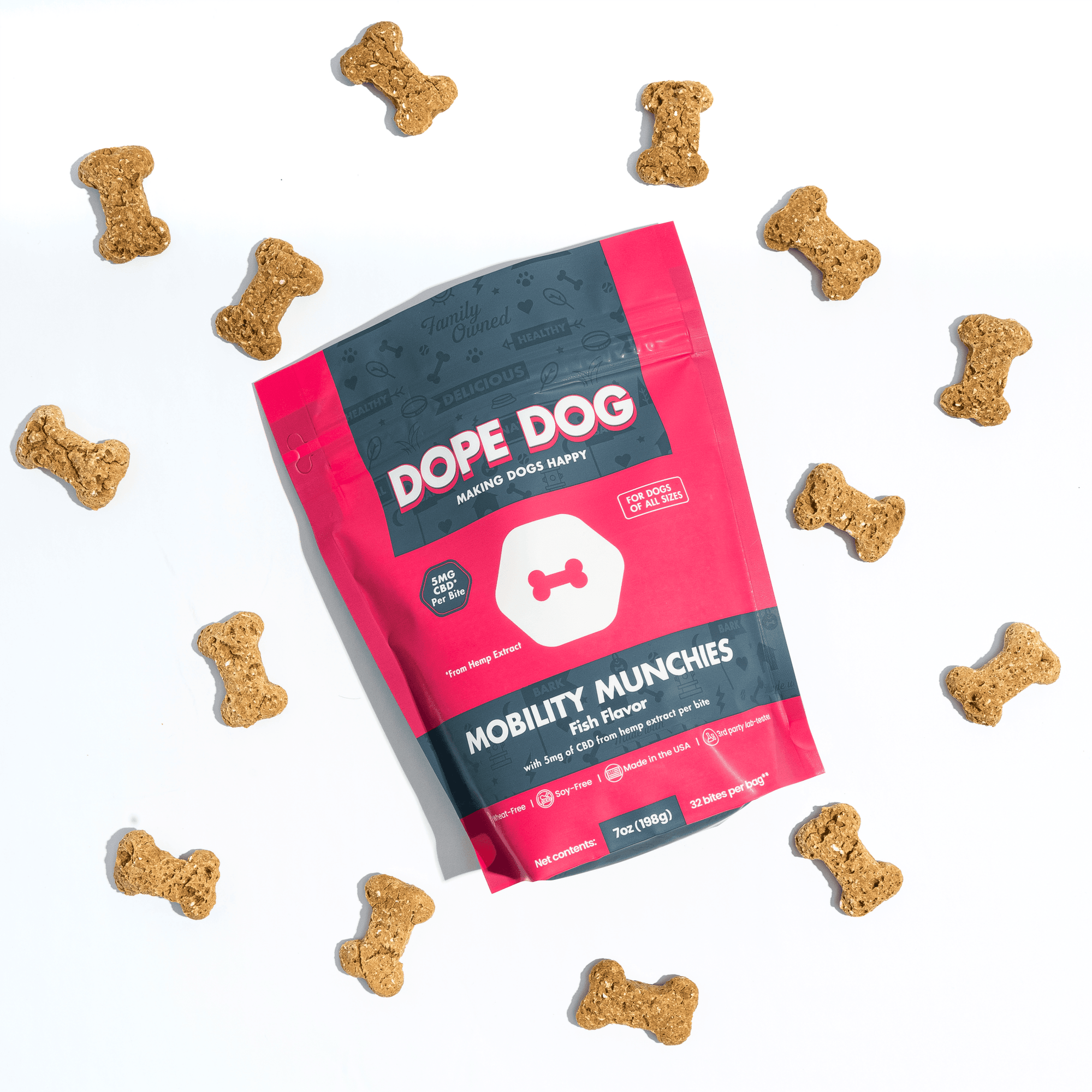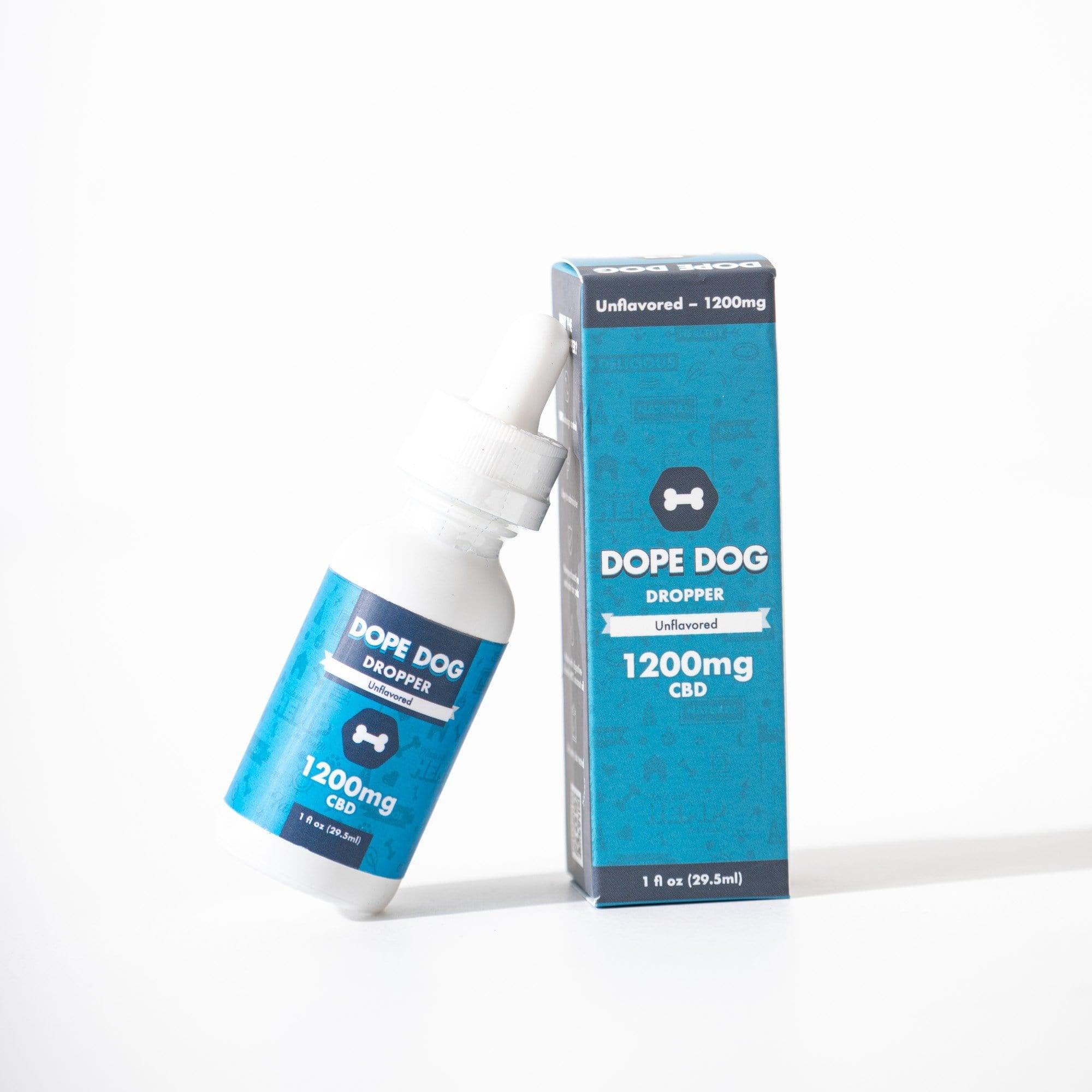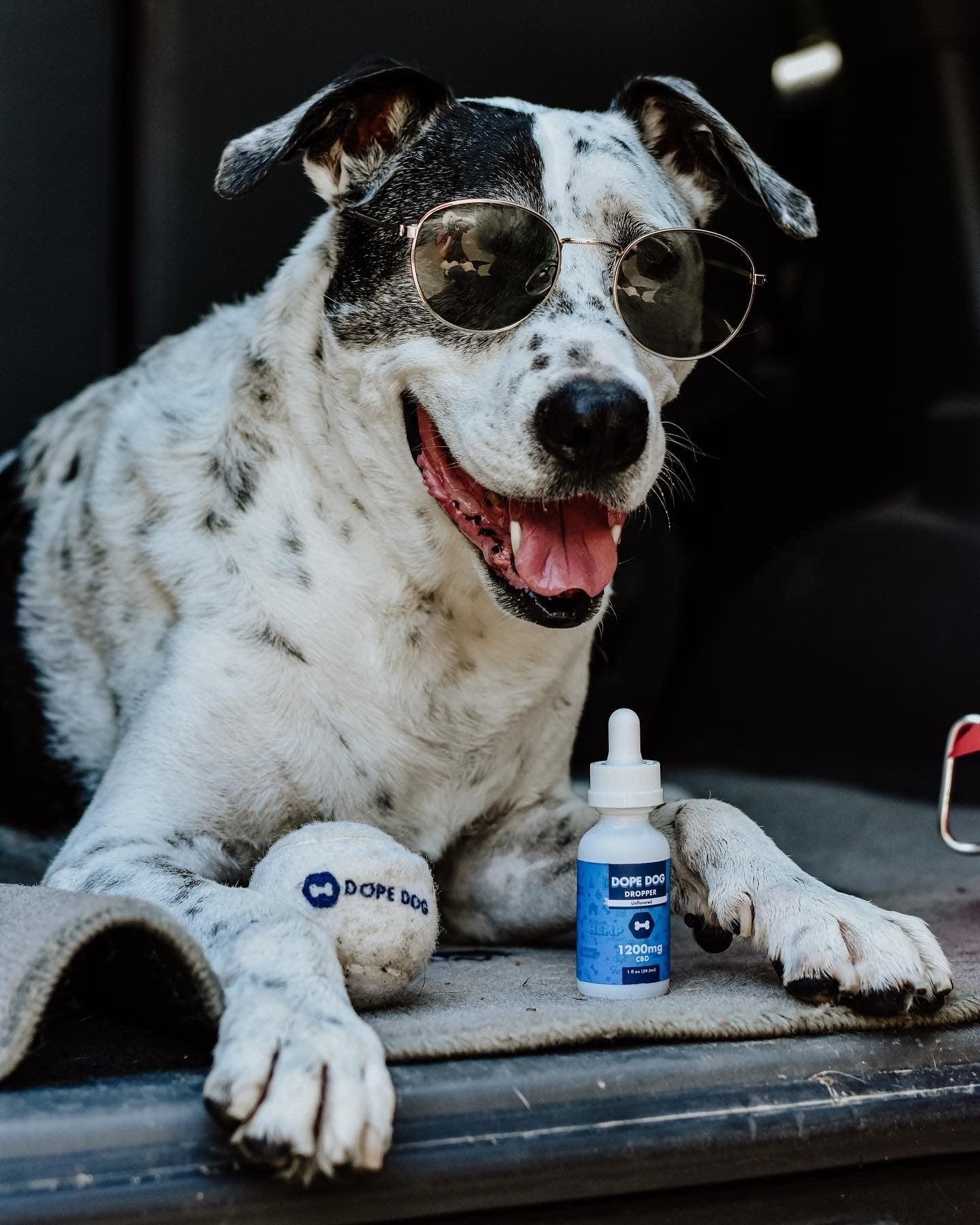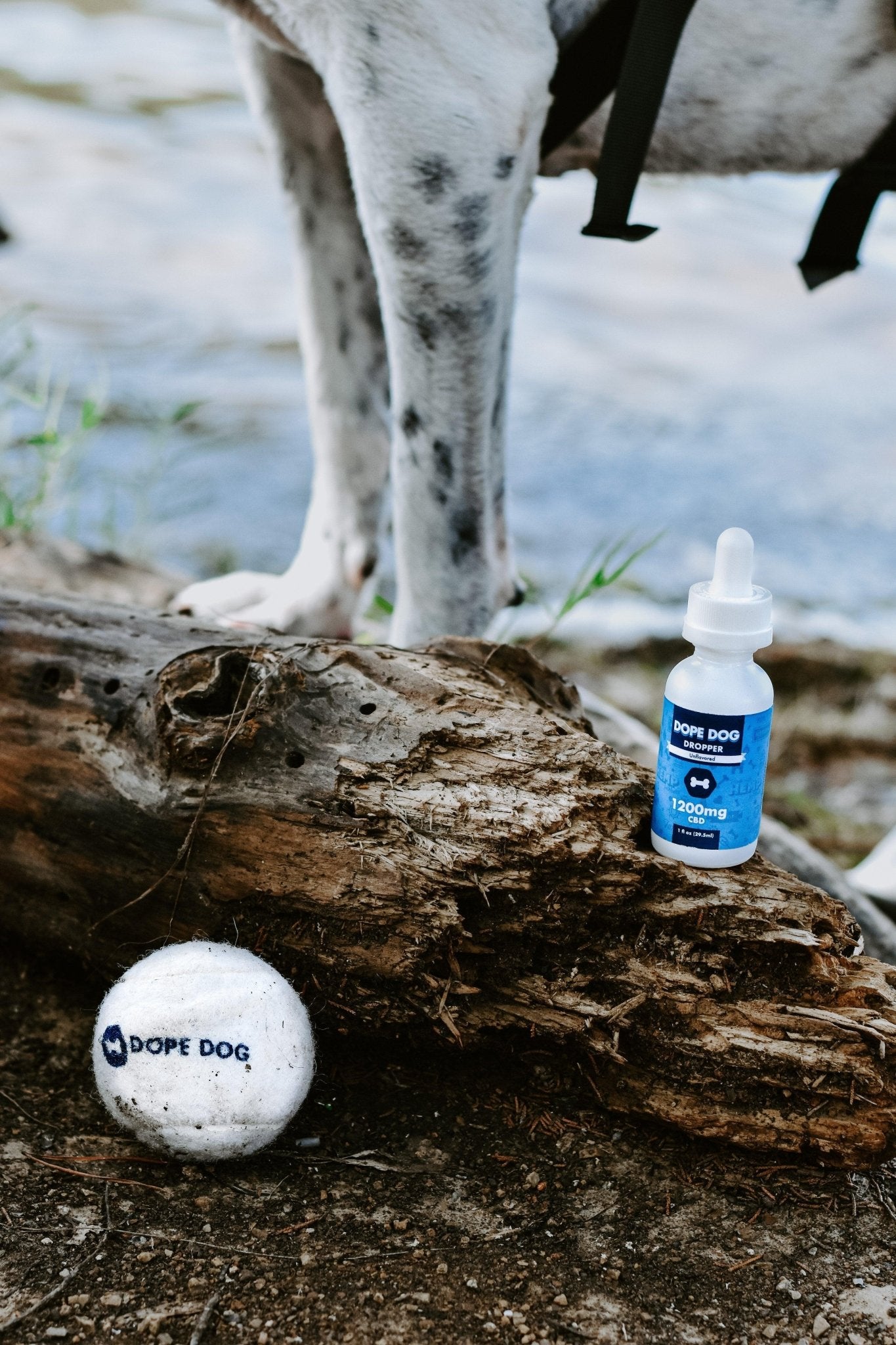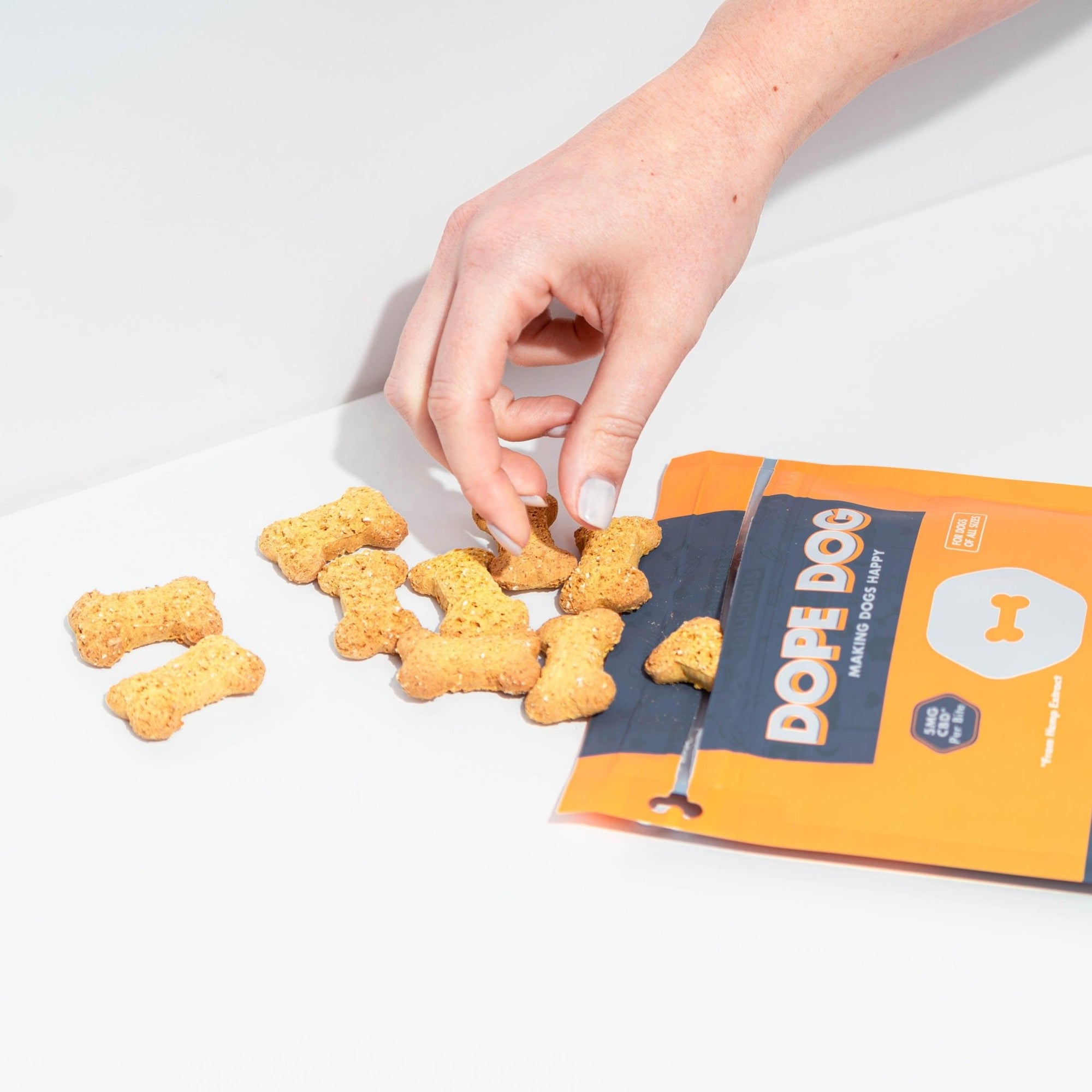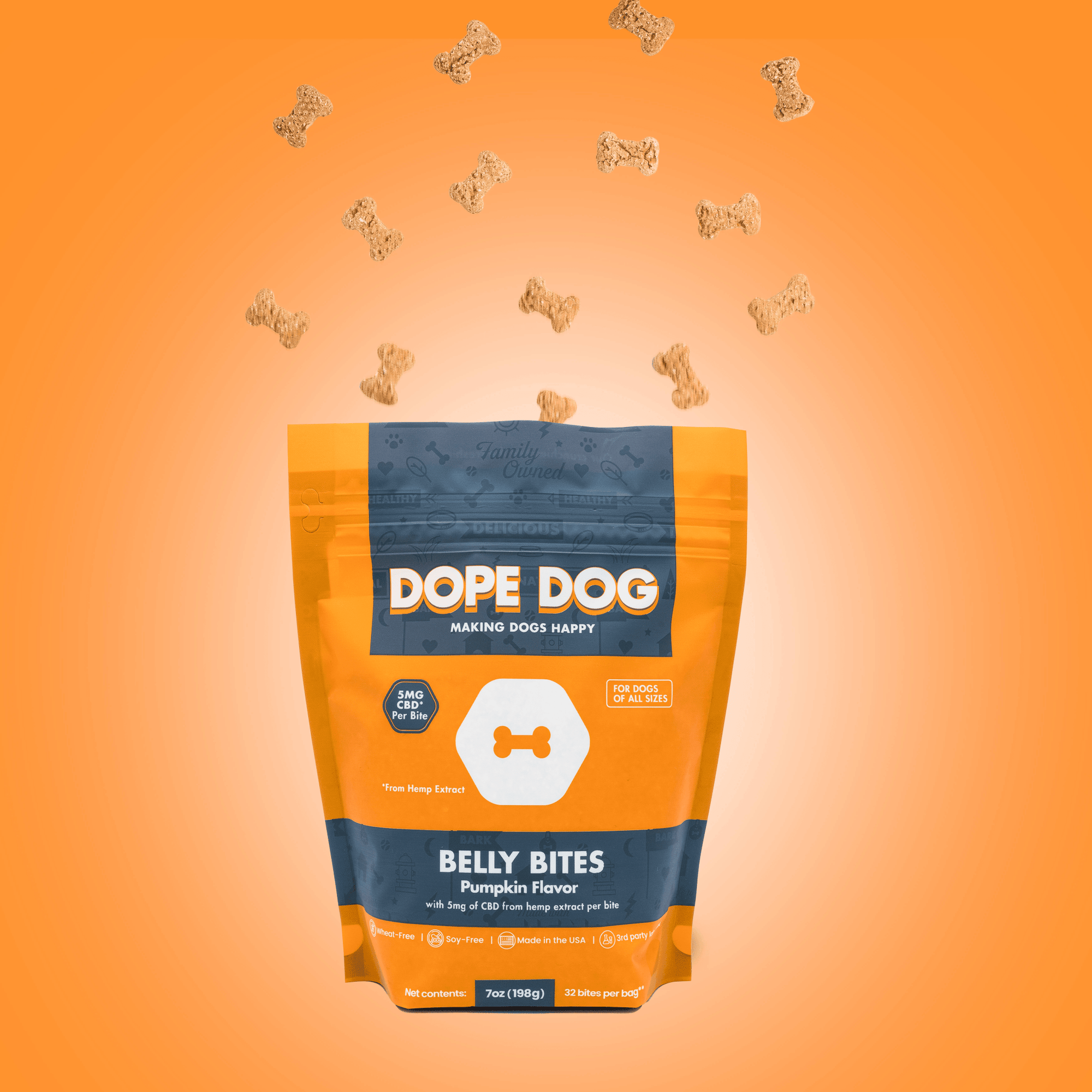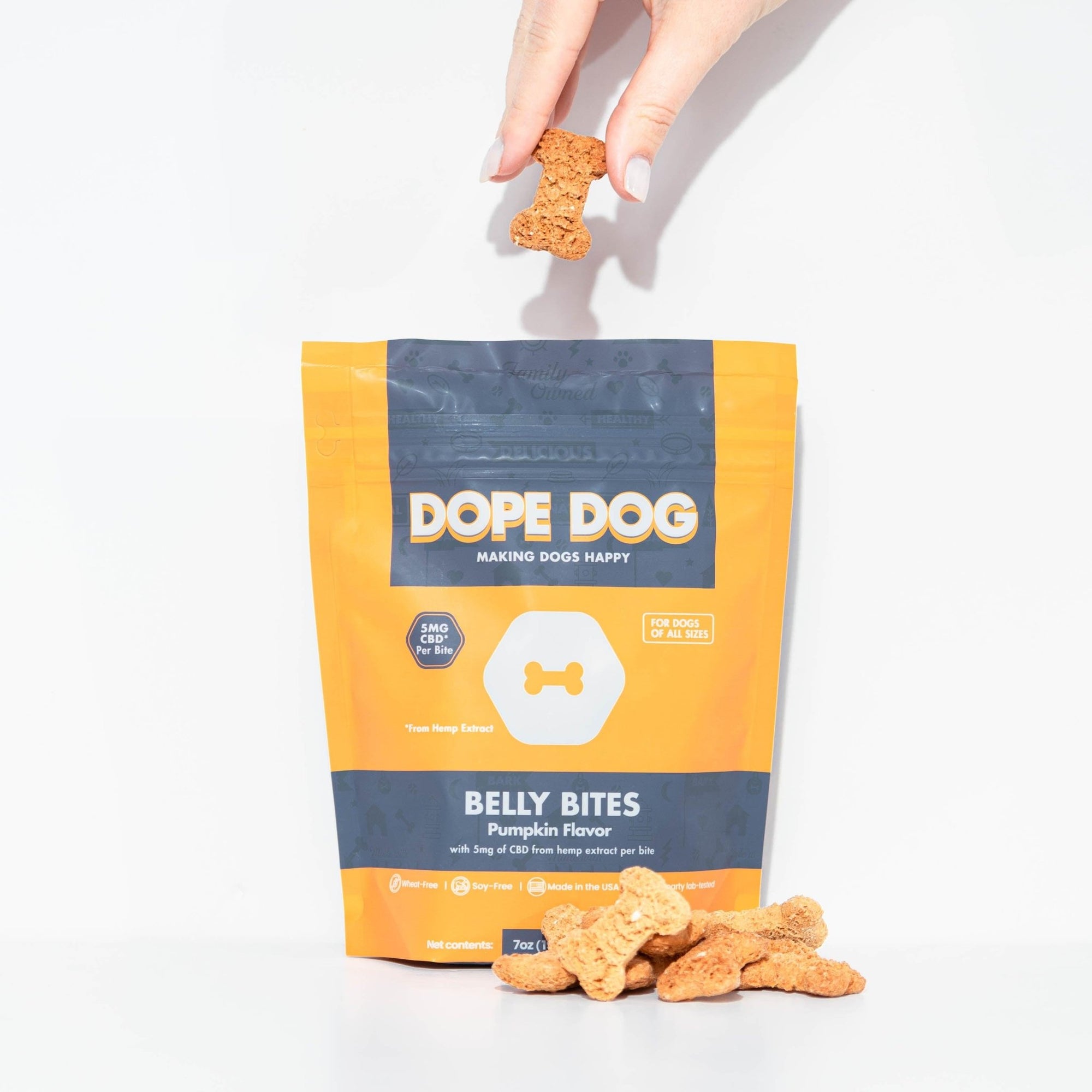As dog owners, we strive to offer our furry friends the best, including fulfilling their innate desire to chew. Rawhide treats, while popular and beneficial for dental health and mental stimulation, come with concerns. Questions like how many rawhides can a dog have in a week or how much rawhide is too much are common among pet owners.
In this post, we'll dive deep into rawhide treats, shedding light on factors determining their safe consumption. With insights on how to help a dog digest rawhide and understanding what age can puppies have rawhide, we aim to strike the right balance between meeting our dogs' chewing needs and ensuring their health.
Before diving into quantities, it's essential to understand what rawhide is made of. This knowledge forms the foundation for making informed decisions about these treats. There have been concerns, with some reports even suggesting rawhide bones killing dogs. Hence, it's crucial to be well-informed.
Join us as we navigate the world of rawhide, exploring alternatives to rawhide for dogs and addressing queries like how many rawhides can a dog have in a day. By the end, you'll be equipped with the knowledge to make the best choices for your canine companion. Let's embark on this journey!

Related Link: Tips on How To Stop Dogs from Barking
Understanding Rawhide and Its Benefits
Dog owners often choose rawhide treats to give their dogs a satisfying chew. But what exactly is rawhide, and what benefits does it offer to our dogs? In this section, we'll delve into rawhide treats and discover why they're so popular.
What is rawhide?
Rawhide is a durable material derived from the inner layer of animal hides, typically from cows. The hides are cleaned, hair removed, and then cured by soaking in a water, salt, and lime mixture. This process helps remove impurities and ensures that the rawhide becomes tough and resistant to chewing.
After curing, the hides are cut and shaped into forms like bones, twists, or chips to make rawhide treats. These treats are then dried and packaged, ready to be enjoyed by our canine companions.
Related Link: 6 Facts Your Vet Wished You Knew About Keeping Your Dog Healthy
How are rawhide treats made?
The production of rawhide treats involves several steps to ensure their quality and safety. Once the hides have been prepared through the curing process, they are soaked in water to make them pliable. The softened hides are then cut into the desired shapes using specialized machines or tools.
After the shaping process, the rawhide treats are subjected to a drying process, which can vary depending on the manufacturer. Some treats are air-dried, while others undergo baking or smoking to enhance their flavor and texture. This drying process removes moisture from the rawhide, making it hard and chewy.

Once the treats are completely dried, they are inspected for any imperfections, such as uneven thickness or discoloration. Only the treats that meet the manufacturer's quality standards are packaged and sent to pet stores for purchase.
Benefits of rawhide treats for dogs
Rawhide treats offer several benefits for dogs, making them a popular choice among pet owners. Let's explore some of the advantages that these treats can provide:
- Promotes dental health
Chewing on rawhide treats can help promote good dental hygiene in dogs. As dogs gnaw on the tough and rigid texture of rawhide, it helps scrape away plaque and tartar buildup on their teeth. This action can promote healthier gums, fresher breath, and lower the risk of gum disease or tooth decay.
- Provides mental stimulation
Dogs have a natural instinct to chew, which can be attributed to their ancestry as hunters and scavengers. Rawhide treats offer a safe and appropriate outlet for this chewing behavior, providing mental stimulation and preventing boredom. By engaging in chewing activities, dogs can release pent-up energy and relieve anxiety or stress.
- Helps satisfy a dog's natural urge to chew
Chewing is not only a pleasurable activity for dogs but also an instinctual behavior that serves a purpose. It helps keep their jaws strong and their teeth clean. Rawhide treats offer a long-lasting chewing experience, satisfying a dog's natural urge to chew and providing them with an enjoyable pastime.
By understanding the benefits that rawhide treats can offer, we can appreciate why they have become a popular choice for dog owners. However, it's essential to consider various factors when determining the appropriate quantity of rawhide treats for our furry friends. In the next section, we will explore these factors in detail to ensure we make informed decisions.

Factors to Consider When Determining the Quantity of Rawhide
When it comes to giving rawhide treats to our dogs, it's essential to consider various factors to ensure their overall health and well-being. The appropriate quantity of rawhide can vary depending on factors such as the size and breed of the dog, their age and health condition, the quality and size of the rawhide treat, and even the individual chewing habits of the dog.
Let's explore each of these factors in detail to gain a better understanding of how they influence the quantity of rawhide treats.
Dope Dog offers premium top-quality CBD made for dogs.
Size and breed of the dog
The size and breed of your dog play a significant role in determining the appropriate quantity of rawhide treats. Larger dogs, such as Great Danes or Saint Bernards, have more robust jaws and can handle larger rawhide treats. On the other hand, smaller breeds like Chihuahuas or Shih Tzus may require smaller-sized rawhide treats that are easier for them to chew and digest.
It's crucial to consider the size of the rawhide treat in proportion to your dog's mouth. A treat that is too large can pose a choking hazard, while one that is too small may not provide enough chewing satisfaction. By selecting the appropriate size based on your dog's size and breed, you can ensure a safe and enjoyable chewing experience.
Age and health condition of the dog
The age and health condition of your dog are important factors to consider when determining the quantity of rawhide treats. Puppies, for example, have developing teeth and jaws, so they may require softer or smaller rawhide treats that are more suitable for their delicate mouths. Older dogs, on the other hand, may have dental issues or weaker jaws, necessitating softer or more easily chewable rawhide treats.

Additionally, if your dog has any pre-existing health conditions, such as gastrointestinal sensitivities or allergies, it's crucial to consult with your veterinarian before introducing rawhide treats into their diet. Certain health conditions may require modifications to the quantity or type of treats given to your dog to ensure their well-being.
Quality and size of the rawhide treat
Not all rawhide treats are created equal, and the quality and size of the treat can have an impact on the appropriate quantity for your dog. Opt for high-quality rawhide treats that are made from natural ingredients and free from additives or preservatives. These treats are generally safer and more digestible for your dog.
The size of the rawhide treat also matters. Treats that are too large may take longer for your dog to chew, potentially leading to overconsumption. On the other hand, treats that are too small may be swallowed whole, posing a choking hazard. Choose a size that is appropriate for your dog's chewing ability and consider their chewing habits to determine the right quantity.
Individual chewing habits of the dog
Every dog has its own unique chewing habits. Some dogs are vigorous chewers who can safely handle larger quantities of rawhide treats, while others may be more delicate chewers who require smaller quantities. Observe your dog's chewing behavior and adjust the quantity accordingly.
If your dog tends to consume rawhide treats quickly without much chewing, it's important to monitor their intake and limit the quantity to avoid potential digestive issues. On the other hand, if your dog is a slow and meticulous chewer, they may be able to handle a slightly larger quantity of rawhide treats.
By taking into account these factors - the size and breed of your dog, their age and health condition, the quality and size of the rawhide treat, and their individual chewing habits - you can determine the appropriate quantity of rawhide treats to give to your furry friend.

However, it's important to establish some guidelines to ensure the treats are given in moderation and with safety in mind. In the following section, we will provide some valuable guidelines for giving rawhide treats to your dog.
Guidelines for Giving Rawhide Treats to Dogs
Giving rawhide treats to your dog can be a rewarding experience for both of you. However, it's important to establish some guidelines to ensure the treats are given in moderation and with safety in mind. In this section, we will provide valuable guidelines to help you navigate the world of rawhide treats and make informed decisions for your canine companion.
Recommended daily amount of rawhide based on dog's weight
To determine the appropriate quantity of rawhide treats for your dog, it's helpful to consider their weight. As a general guideline, it is recommended to give dogs around 1 inch of rawhide per 10 pounds of their body weight per day. For example, if your dog weighs 30 pounds, you can provide them with approximately 3 inches of rawhide per day.
Keep in mind that this is a rough estimate, and individual dogs may have different needs and preferences. Some dogs may require more or less rawhide depending on their chewing habits and activity levels. It's important to monitor your dog's weight, overall health, and adjust the quantity accordingly.
Frequency of giving rawhide treats
In addition to the daily quantity, it's essential to consider the frequency of giving rawhide treats to your dog. While rawhide treats can be a great way to keep your dog entertained and promote dental health, they should not be given excessively. Overconsumption of rawhide can lead to digestive issues such as upset stomach, diarrhea, or blockages.
Generally, it is recommended to give rawhide treats to your dog 2-3 times per week. This allows for a balance between satisfying their chewing needs and avoiding potential digestive problems. It's important to provide other types of chew toys or treats on non-rawhide days to keep your dog engaged and mentally stimulated.
Related: CBD Oil for Dogs With Cancer: Everything You Need to Know
Monitoring the dog's chewing behavior and digestive system
One of the key aspects of giving rawhide treats is to closely monitor your dog's chewing behavior and their digestive system's response. Pay attention to how your dog chews the rawhide and how long it takes for them to consume it. If your dog tends to swallow large chunks without proper chewing, it may be necessary to give smaller-sized rawhide treats or consider alternative chew options.
Additionally, observe your dog's digestion after consuming rawhide treats. If you notice any signs of discomfort, such as vomiting, excessive drooling, or changes in bowel movements, it's important to consult with your veterinarian. Every dog is unique, and some may have sensitivities or allergies to rawhide, necessitating the exploration of alternative chew treats.

Ensuring safety and avoiding potential risks
While rawhide treats can provide numerous benefits, it's crucial to ensure safety and avoid potential risks associated with their use. Consider the following tips to keep your dog safe during rawhide chewing sessions:
- Choosing the right size and type of rawhide treat
Select rawhide treats that are appropriate for your dog's size and chewing habits. Avoid treats that are too small and pose a choking hazard or treats that are too large and may lead to excessive consumption. Opt for high-quality rawhide treats made from natural ingredients and avoid those with added chemicals or preservatives.
- Avoiding rawhide treats with added chemicals or preservatives
Some rawhide treats may contain additives or preservatives that can be harmful to your dog's health. Read the labels carefully and choose treats that are free from artificial colors, flavors, or chemicals. Natural and organic options are often a safer choice for your furry friend.
- Supervising the dog while chewing rawhide
Always supervise your dog while they are enjoying a rawhide treat. This allows you to intervene if any issues arise, such as choking or excessive consumption. Additionally, it's important to remove any small or broken pieces of rawhide that may pose a choking hazard.
By following these guidelines, you can ensure a safe and enjoyable experience when giving rawhide treats to your dog. However, it's important to address common concerns and frequently asked questions to provide a comprehensive understanding of rawhide treats. In the next section, we will address some of these concerns and provide answers to frequently asked questions.
Common Concerns and Frequently Asked Questions
When it comes to giving rawhide treats to dogs, concerns and questions may arise. In this section, we will address some of the common concerns and provide answers to frequently asked questions to help you make informed decisions regarding rawhide treats for your furry friend.

Can rawhide treats cause digestive issues?
While rawhide treats are generally safe for most dogs, there is a potential for digestive issues to occur. Some dogs may have sensitivities or allergies to rawhide, leading to gastrointestinal discomfort or adverse reactions. Additionally, if a dog consumes large pieces of rawhide without proper chewing, it can cause digestive blockages or obstructions.
To minimize the risk of digestive issues, it's important to choose rawhide treats that are appropriate for your dog's size and chewing habits. Monitor your dog while they are chewing the rawhide and ensure they chew it thoroughly. If you notice any signs of digestive distress, such as vomiting, diarrhea, or changes in appetite, consult with your veterinarian
.
Are there any risks associated with giving rawhide to dogs?
While rawhide treats can provide numerous benefits, there are some risks associated with their use. One of the main concerns is the potential for choking if a dog bites off a large piece of rawhide and attempts to swallow it. This risk can be minimized by selecting the right size and shape of rawhide treats and supervising your dog while they chew.
Another risk is the potential for digestive blockages or obstructions. If a dog consumes large pieces of rawhide or swallows it without proper chewing, it can cause a blockage in the digestive tract. This can be a serious medical emergency that requires immediate veterinary attention.
To mitigate these risks, always choose rawhide treats that are appropriate for your dog's size, supervise their chewing sessions, and remove any small or broken pieces that may pose a choking hazard.
What are alternative chew treats to consider?
If you're looking for alternatives to rawhide treats, there are several options available that can provide a safe and enjoyable chewing experience for your dog. Some popular alternatives include:
- Bully sticks: Bully sticks are made from dried bull or steer pizzles and offer a long-lasting chew for dogs. They are generally digestible and can help promote dental health.
- Dental chews: Dental chews are specifically designed to support dental hygiene in dogs. They come in various shapes and sizes and often have added ingredients to reduce plaque and freshen breath.
- Natural bones: Natural bones, such as beef or lamb bones, can provide a satisfying chewing experience for dogs. However, it's important to choose appropriate-sized bones and monitor your dog while they chew to avoid any potential risks.
- Rubber or nylon chew toys: These toys are designed to withstand vigorous chewing and can provide mental stimulation and dental benefits. Look for toys that are durable, non-toxic, and suitable for your dog's size and chewing habits.
Remember, it's important to choose chew treats or toys that are suitable for your dog's individual needs, preferences, and chewing habits. Always supervise your dog while they are enjoying chewing treats and remove any damaged or potentially hazardous items.

How to introduce rawhide treats to dogs safely?
When introducing rawhide treats to your dog, it's crucial to do so safely to avoid any potential issues. Start by selecting an appropriate size and shape of rawhide treat based on your dog's size and chewing habits. Gradually introduce the rawhide treat to your dog, allowing them to sniff and investigate it before offering it for chewing.
Observe your dog's chewing behavior and ensure they are chewing the rawhide thoroughly. If your dog tends to swallow large pieces without proper chewing, consider offering smaller-sized rawhide treats or exploring alternative chew options.
It's also important to supervise your dog while they are enjoying the rawhide treat to ensure their safety. If you notice any signs of discomfort, choking, or excessive consumption, remove the treat immediately and consult with your veterinarian if necessary.
Related: CBD For Itchy Dogs
What to do if a dog experiences any adverse reactions to rawhide?
If your dog experiences any adverse reactions, such as vomiting, diarrhea, or changes in behavior, after consuming rawhide treats, it's important to take appropriate action. Discontinue giving rawhide treats to your dog and consult with your veterinarian to determine the cause of the reaction.
Your veterinarian may recommend alternative chew treats or conduct further investigations to identify any underlying health conditions or sensitivities. Remember, each dog is unique, and what works for one may not work for another. It's crucial to prioritize your dog's well-being and make adjustments accordingly.
By addressing these common concerns and answering frequently asked questions, we hope to provide you with a comprehensive understanding of rawhide treats for dogs. However, it's important to conclude this blog post by summarizing the key points discussed and emphasizing the importance of responsible and moderate use of rawhide treats.
Conclusion
In conclusion, understanding the appropriate amount of rawhide treats for your dog is essential for their overall health and well-being. Rawhide treats can provide dental health benefits, mental stimulation, and satisfy a dog's natural urge to chew. However, it's crucial to consider various factors when determining the quantity of rawhide treats, such as the size and breed of the dog, their age and health condition, the quality and size of the treat, and their individual chewing habits.
By following guidelines such as the recommended daily amount based on the dog's weight and the frequency of giving rawhide treats, you can ensure a balanced approach to satisfy your dog's chewing needs without overdoing it. It's also important to monitor your dog's chewing behavior and digestive system, choosing the right size and type of rawhide treat, and supervising them during chewing sessions to ensure their safety.
While rawhide treats can be beneficial, it's important to address common concerns and be aware of potential risks. Some dogs may experience digestive issues or have sensitivities to rawhide. In such cases, alternative chew treats such as bully sticks, dental chews, natural bones, or rubber/nylon chew toys can be considered.
When introducing rawhide treats to your dog, do so gradually and observe their response. If any adverse reactions occur, discontinue the use of rawhide treats and consult with your veterinarian for further guidance. Every dog is unique, and it's important to prioritize their individual needs and well-being.
In conclusion, rawhide treats can be a wonderful addition to your dog's chewing routine when given in moderation and with safety in mind. Remember to consult with your veterinarian for personalized advice and recommendations based on your dog's specific needs. By being responsible and attentive, you can ensure a happy, healthy, and enjoyable chewing experience for your beloved furry friend.
Love your pup every day the easy way with Dope Dog. Check out their full line of pet-safe CBD products today. Shop now.
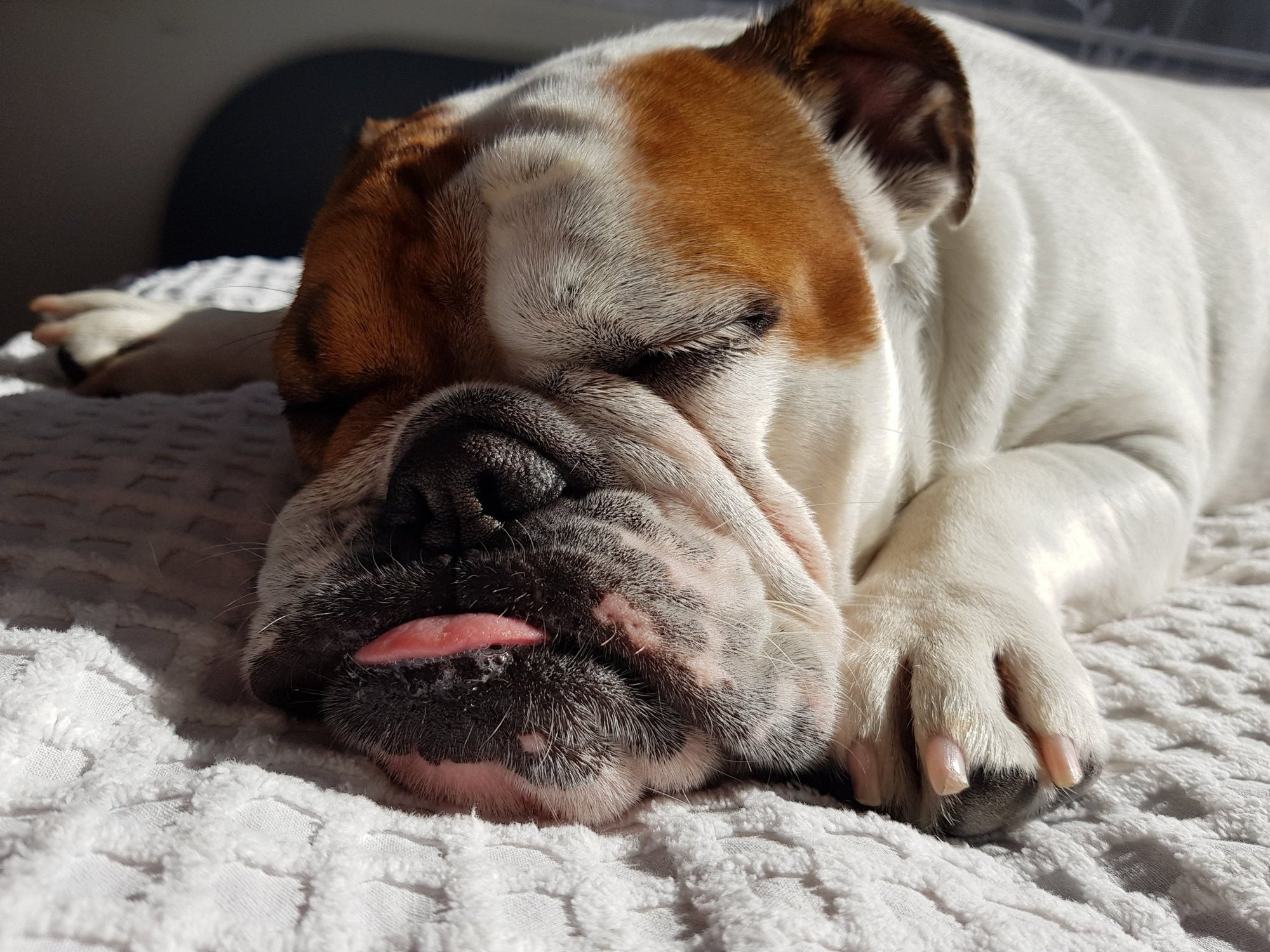
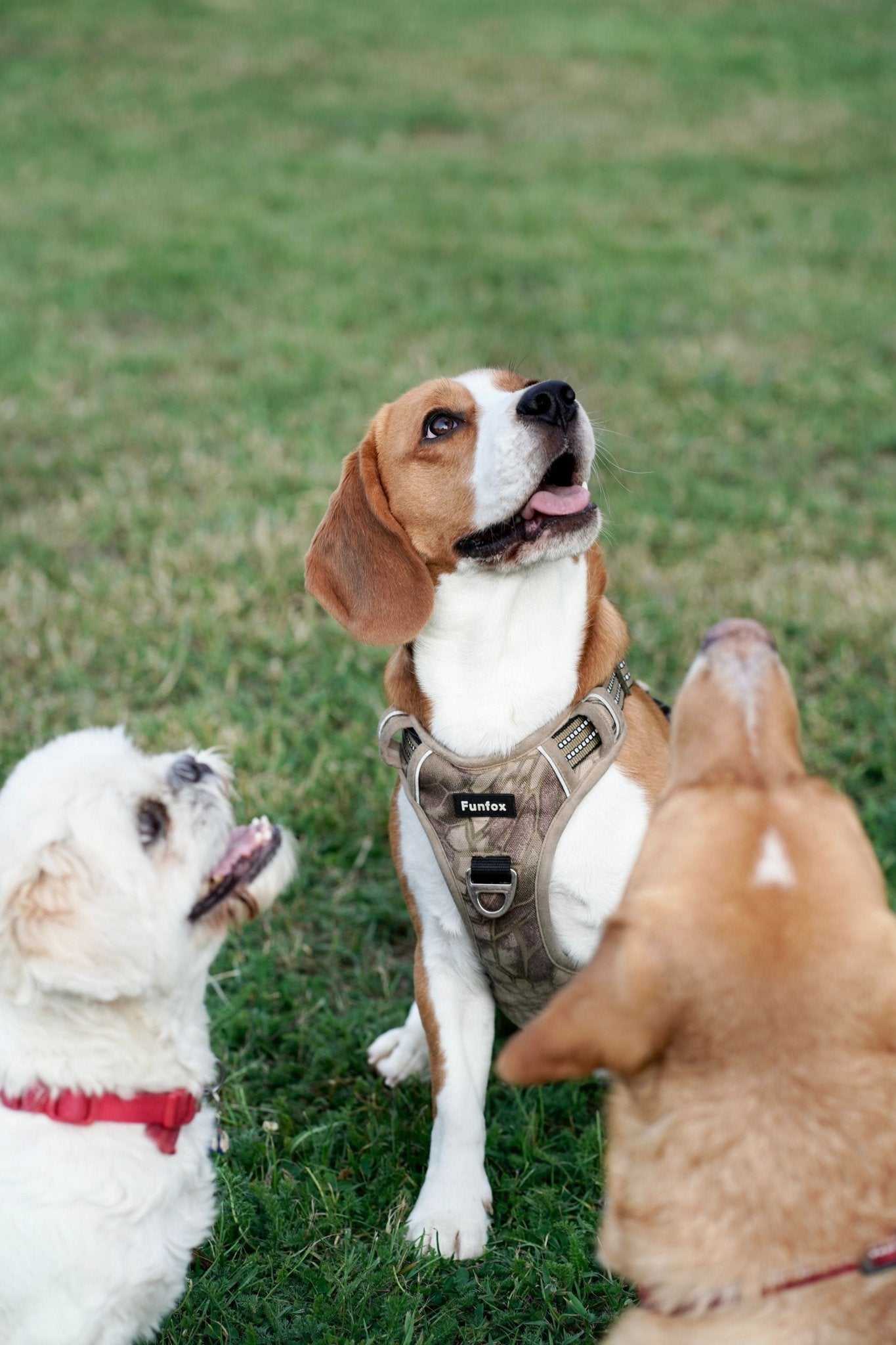
![Why is My Dog's Ear Swollen? [MUST KNOW!]](http://dope.dog/cdn/shop/articles/tim-higham-QxDXORRktWE-unsplash-555717.jpg?v=1697236049&width=1536)
